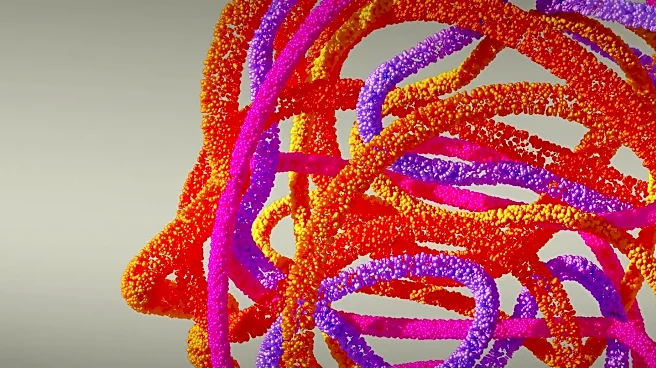What's Happening?
A recent study has identified a potential brain-based explanation for the connection between future-oriented thinking and the characteristics of attention-deficit/hyperactivity disorder (ADHD). The research,
published in Progress in Neuropsychopharmacology & Biological Psychiatry, suggests that the strength of communication between specific brain networks is linked to a person’s ability to plan for the future, which in turn is associated with the severity of inattention and hyperactivity. The study involved 240 healthy university students who completed questionnaires and underwent MRI brain scans. The findings indicate that individuals with a higher future time perspective, which is the tendency to think about and plan for future goals, tend to have lower scores for attention deficit and hyperactivity-impulsivity traits. The study highlights the role of brain regions such as the superior medial frontal gyrus and the left precentral gyrus in self-reflection and action planning, and their connection to ADHD traits.
Why It's Important?
This study provides a deeper understanding of the neurological underpinnings of ADHD, a condition that affects millions of individuals in the U.S. and worldwide. By identifying specific brain networks associated with future-oriented thinking and ADHD traits, the research opens new avenues for potential interventions. Understanding these connections could lead to the development of targeted therapies that enhance future time perspective, potentially reducing ADHD symptoms. This could have significant implications for educational strategies and mental health treatments, offering new hope for individuals struggling with ADHD.
What's Next?
Future research could expand on these findings by including clinical populations and exploring cause-and-effect relationships. Such studies may help in developing new interventions for ADHD that focus on strengthening future-oriented thinking. Additionally, the research could inform educational and therapeutic practices, potentially leading to more effective management of ADHD symptoms.












